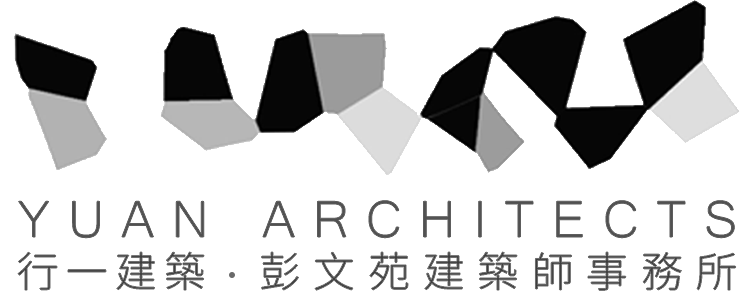ARCHITECTURE 建築 | INTERIOR 室內
BETWEEN THE MOUNTAIN FORMS 山形之間
地 點 : 台灣 台東
類 型 : 民宿
規 模 : 330 m²
業 主 : 陳先生
狀 態 : 設計中Location : Taitung, Taiwan
Typology : Hospitality
Size : 330 m²
Client : Mr. Chen
Status : In Design



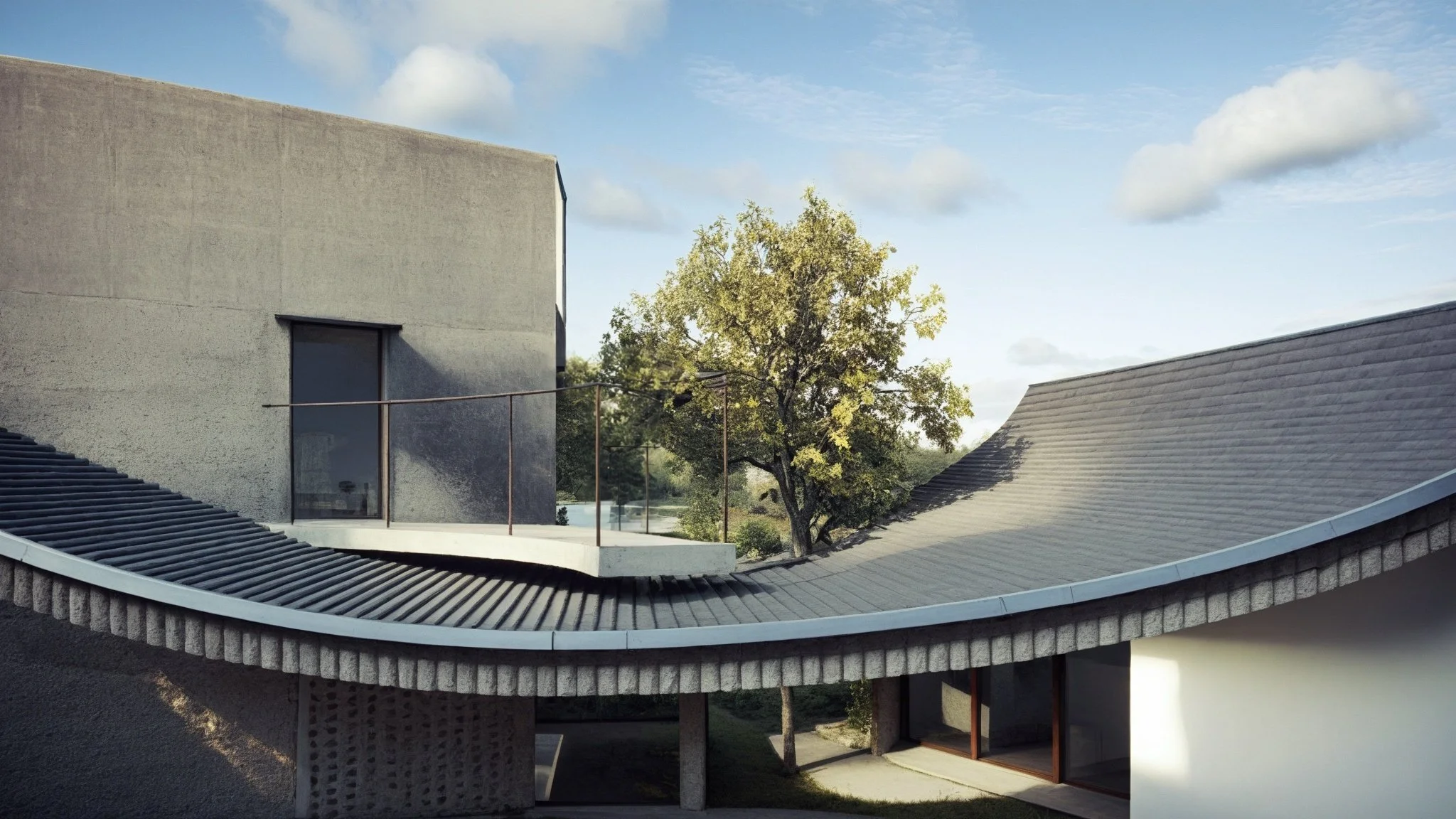
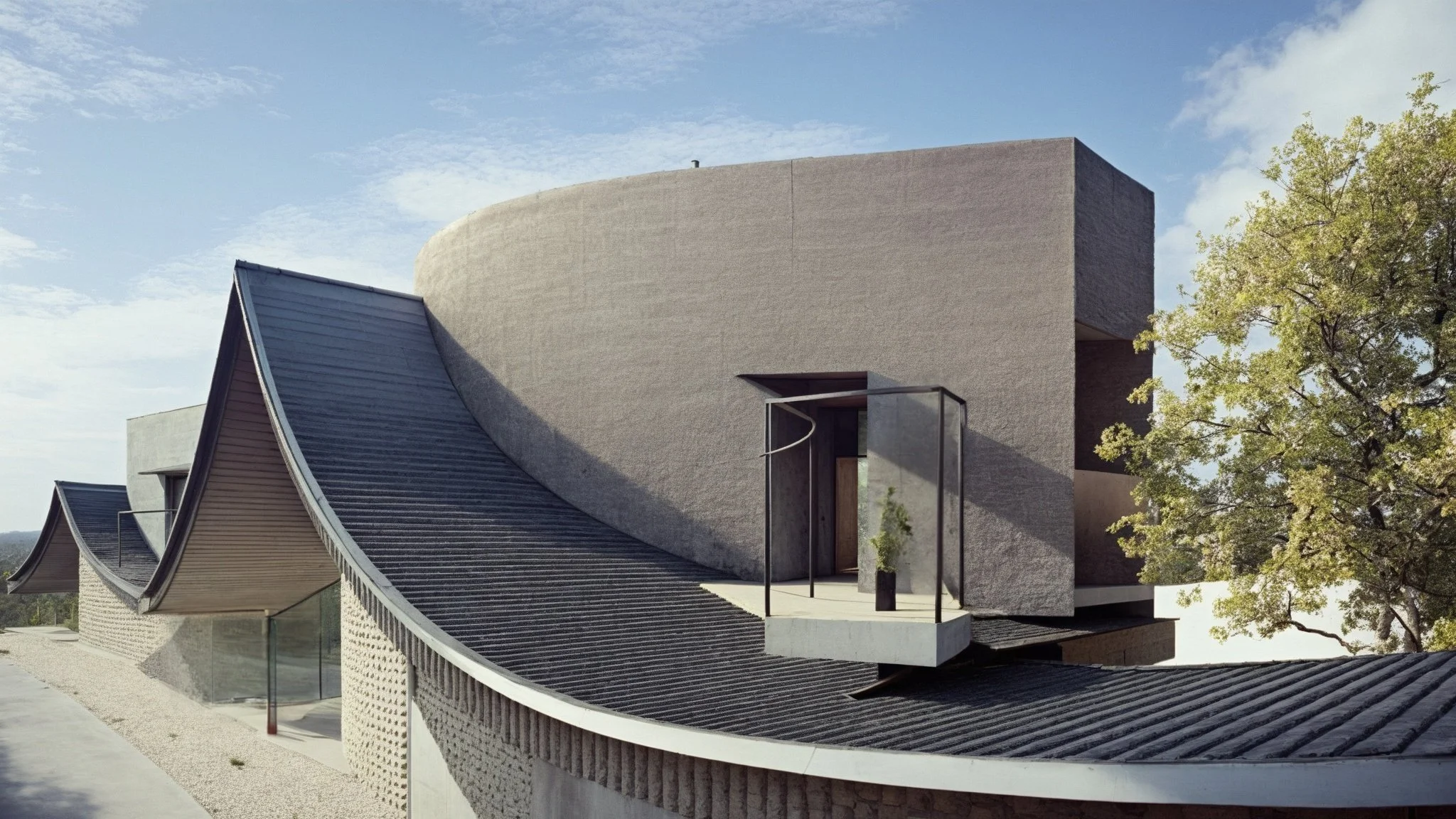
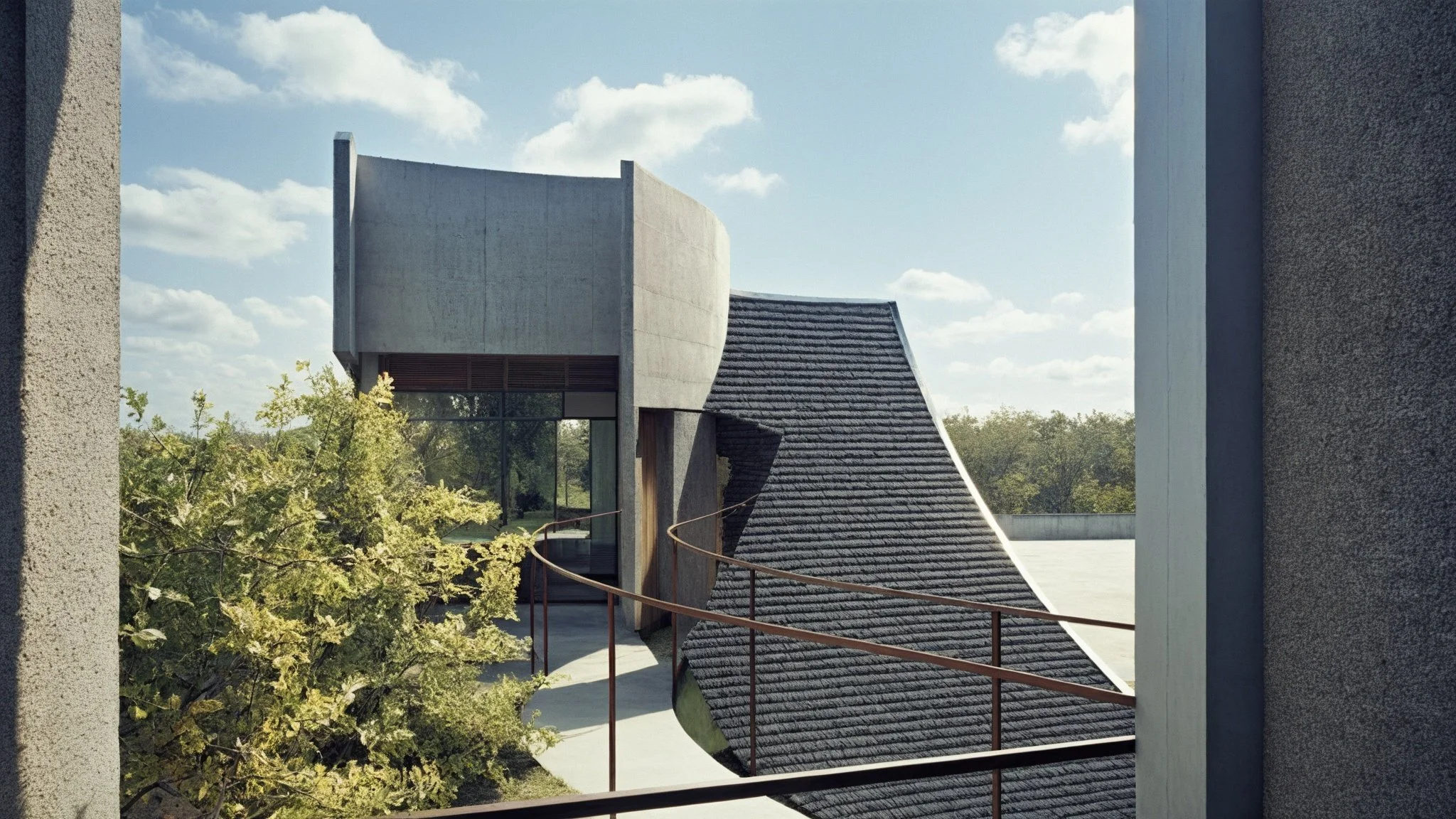
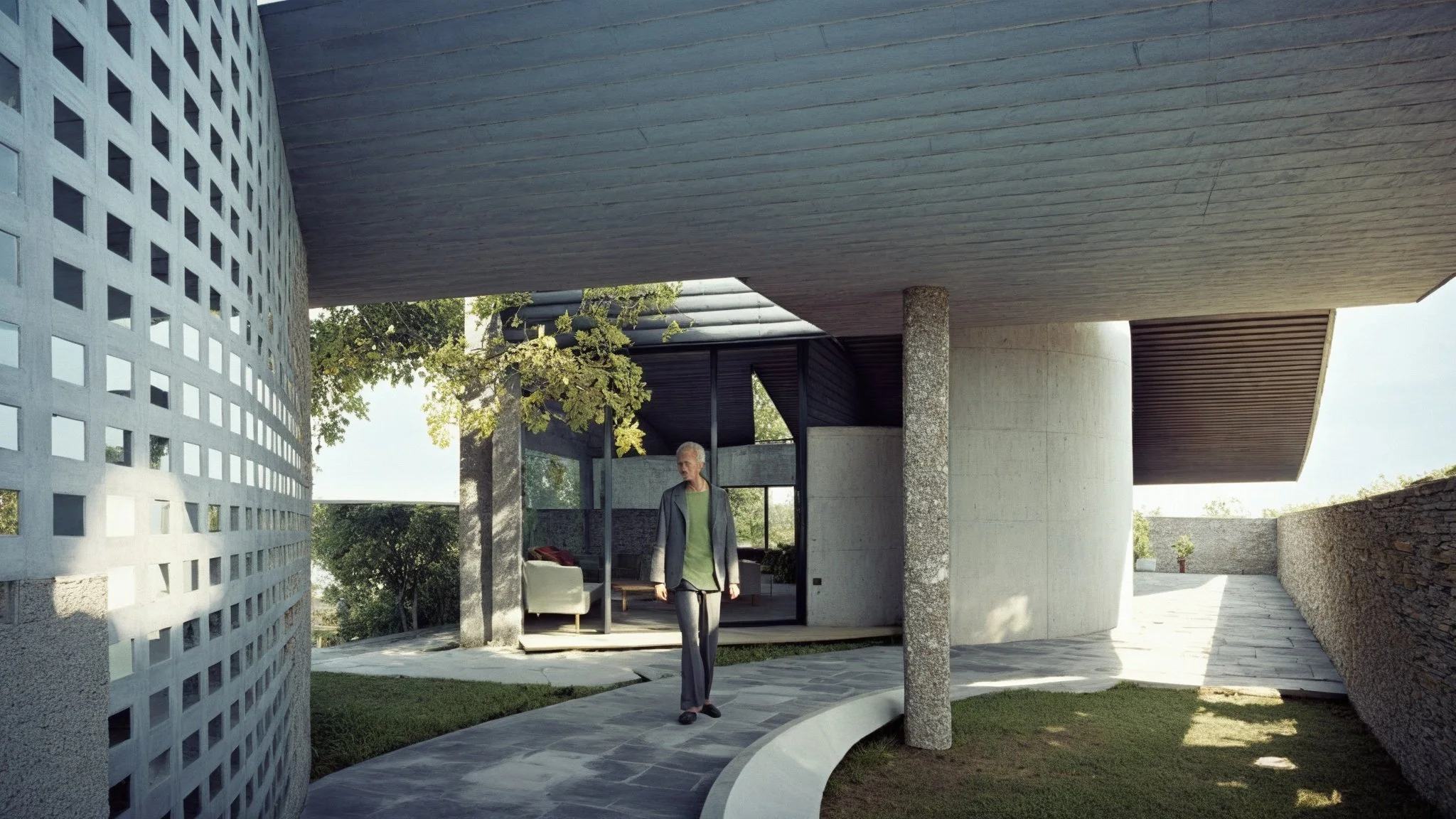



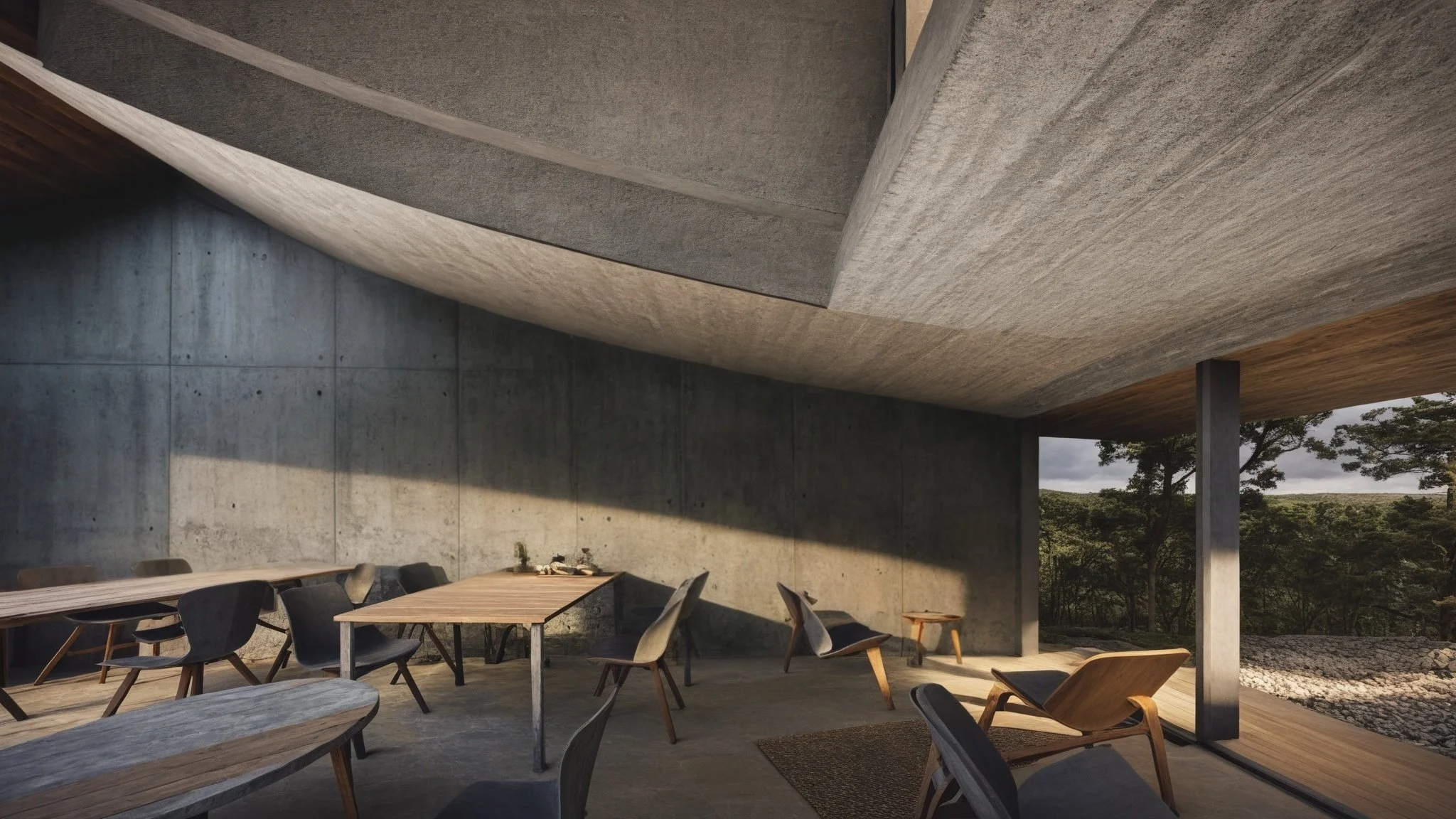

建築師: 彭文苑
專案團隊: 廖子澔 / 賴柏伶 / 蕭子揚 / 侯秉佑
Architect : WenYuan Peng
Project Team : TzuHao Liao / PoLing Lai / TzuYang Hsiao / BingYou Hou
每一道弧,是山的呼吸;每一段行旅,是與自然的低語。
本案位於台東東河,設計回應東部山脈起伏的地景語彙,透過流動而連續的弧形屋頂形塑建築量體,將自然山形轉譯為可棲居、可行走、可對話的空間構成。屋頂不僅承載遮蔽功能,更成為串聯環境與日常的建築介面,使建築與地貌相互滲透,形塑空間與地景的共鳴。
屋頂下方設置半戶外生活場域,與室內空間交融,引入光影與微風,營造開放而富彈性的生活節奏。這些場域既可作為休憩、餐敘與交流之所,亦提供居者親近自然、感知季節流轉的日常體驗。
屋頂之上則轉化為可行走的觀景平台,形塑如山徑般的步行動線,使人得以登高遠望、穿行其上,展開一段與環境對話的身體旅程。此設計不僅模糊建築與地景的界線,更強化建築作為場域延伸與感知容器的角色。
整體構築回應氣候、地形與生活之間的共構關係,形塑一種可居、可行旅的當代建築地景。於山形之間,建築不再獨立於自然之外,而是與之共生、共構、共感的生活載體。
Each curve breathes like the mountains; each path whispers with nature.
Set within the mountainous landscape of Donghe, Taitung, this project reimagines the interface between architecture and topography. A series of flowing, arched roofs responds to the undulating contours of the surrounding terrain, translating the language of natural landforms into a spatial framework for habitation, movement, and environmental resonance.
Beneath the roofline, a sequence of semi-open living spaces blurs the boundary between indoors and outdoors. These zones invite light, air, and weather into daily life—creating fluid conditions for dining, rest, and informal gatherings. The spatial porosity allows for a close and tactile engagement with the climate and landscape, reframing dwelling as a continuous dialogue with nature.
Above, the roof becomes a walkable surface—an elevated pathway that recalls the rhythm of a mountain trail. This circulation route allows inhabitants to ascend, wander, and pause, transforming the roof from a passive cover into an experiential landscape. Architecture here is no longer isolated from its setting; instead, it becomes a topographic extension of the site itself.
Through its integration of climate, material, and form, the project proposes a new way of living—one that merges architecture with terrain, and domesticity with movement. Between the mountain forms, space is not only inhabited but traversed, observed, and felt.
